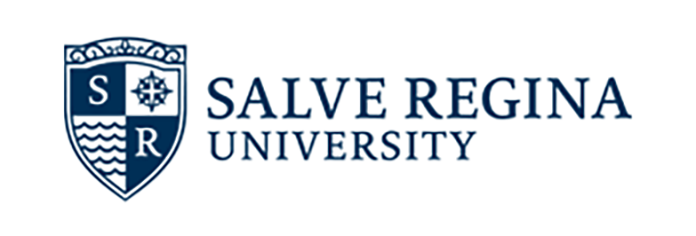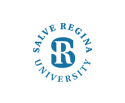Document Type
Article
Abstract
In the United States more than “a billion pounds of butter, 7 billion pounds of cheese, 1.5 billion pounds of yogurt, and one billion gallons of ice cream” (USDA, 2005) are produced annually. According to the USDA Food Pyramid, it is recommended that every person consume between two and three cups of milk products every day (USDA, 2005). With so much product being consumed by the greater public there is cause for concern on the quality of the product being ingested. The purpose of this research is to explore the quality of milk product, particularly safe-level residue testing for antibiotics in bovine milk, on an international scale. The health hazards of having antibiotic residues in milk have also been widely examined with alarming results. Antibiotic residues have been implicated in transfer of antibiotic resistant plasmids in bacteria as well as possible allergic reaction, both of which are devastating to the citizens of the world. Through previous experimentation different safe levels of antibiotic residues have been derived, some of which are different in various countries worldwide. Knowing that different countries employ multiple testing methods and have different safe levels, it is safe to assert that citizens internationally are receiving different antibiotic levels in their dairy products, thus making this a social justice issue. Many studies have been previously conducted that focus on the safe-levels of particular antibiotics with the various accepted testing methods as well as the false positives that the different tests can cause. The DelvoTest and Charm tests will be the primary tests examined, as they are the most widely used and FDA approved. The final step to ensure justice is a global policy that would include education of farmers and those working in and around the dairy industry as well as recognition of a problem on a regional, national, and world level.
Rights Statement
In Copyright - Educational Use Permitted. URI: http://rightsstatements.org/vocab/InC-EDU/1.0/
This Item is protected by copyright and/or related rights. You are free to use this Item in any way that is permitted by the copyright and related rights legislation that applies to your use. In addition, no permission is required from the rights-holder(s) for educational uses. For other uses, you need to obtain permission from the rights-holder(s).


